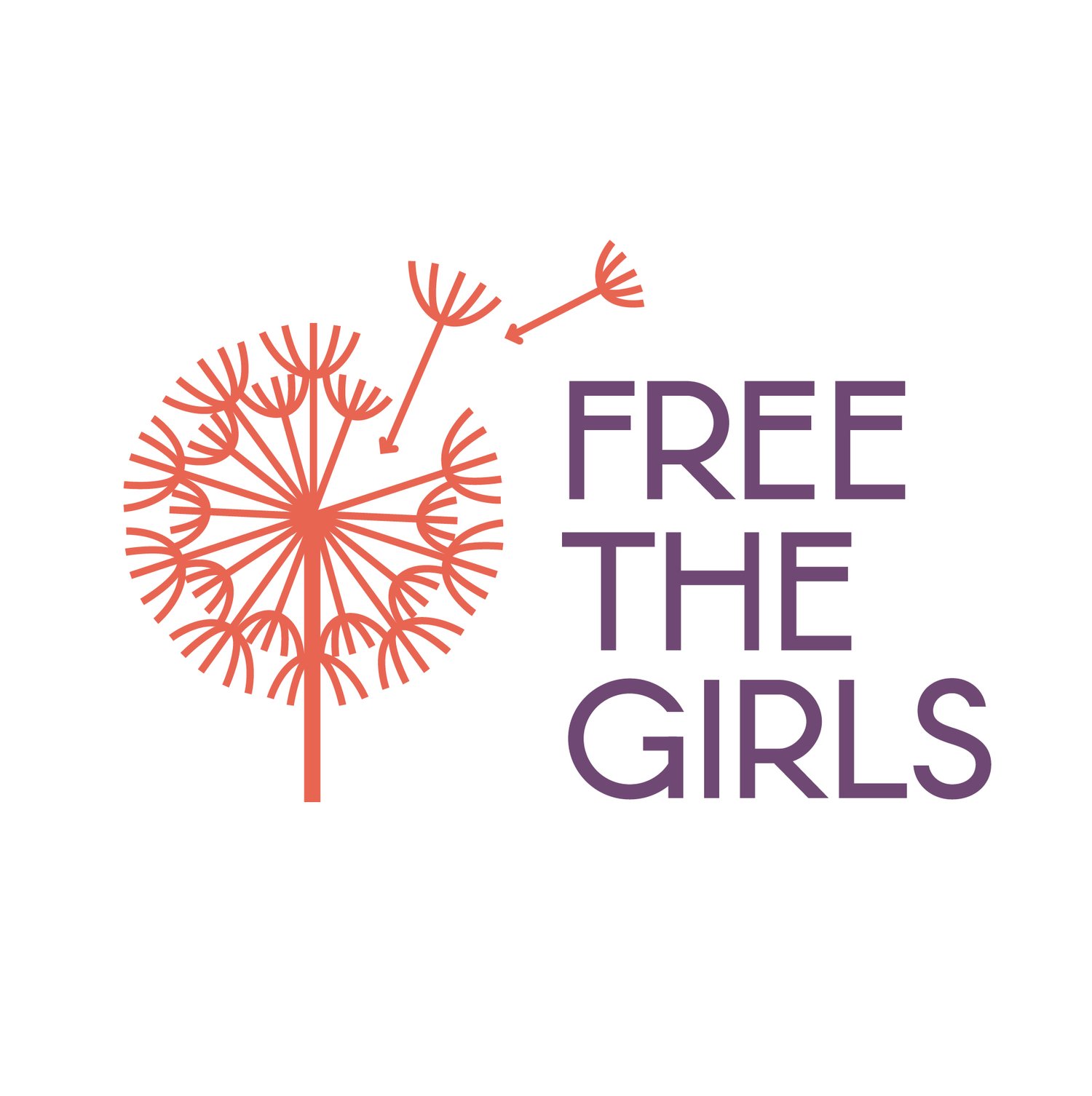How YOU Can Make a Difference
The most recent statistic is that nearly 50 million people were living in and exploited by human trafficking in 2021.
That number is hard to wrap your head around - but let’s try.
Take the entire population of New York City and add it to the populations of Los Angeles, Chicago, Houston, Phoenix, Philadelphia, San Antonio, San Diego, Dallas, and San Jose (the 10 most populated cities in the US) and you need to double that to reach 50 million people.
And not only that, but human trafficking has occurred in nearly every country on earth. And in the US, it’s happening in our very own communities.
With a problem that massive and that pervasive, how can we keep from being so overwhelmed, from burying our head in the sand, or from sadly shaking one’s head at the nastiness of it and then shrugging because “honestly, what can I do?”?
We must resist the temptation to look away. Because reality is that all of us have benefitted from exploitive and forced labor in some way. And while that feels like a punch in the gut (I debated whether to even type that out), the flip side of that means that we have the ability to shift things towards justice, towards dignity, towards true freedom. And the reality is that with 1 in every 150 people on the planet living in human trafficking situations, we likely either know or have passed someone who is being exploited. That also feels icky (it’s not a technical term but you instantly know what I mean), but again, on the flip side of that ugly truth is the knowledge that we can become equipped in recognizing and reporting it.
So….how? Practically, what can you do?
1) Educate yourself on what human trafficking really is. There are so many myths and urban legends about human trafficking (zip-ties on windshields, anyone?). While it may not seem like a big deal, this misinformation can actually be detrimental, acting as a smokescreen and hiding what actually is happening. Knowing what it is and, as importantly, what it isn’t, it crucial as we advocate for justice. Here’s a great start from Polaris Project in exploring the reality of what human trafficking is.
2) Be a conscious consumer. You get to change the world through your purchases. Think I’m exaggerating? Women make up 85% of all consumer purchases. This means, ladies, what you buy and who you buy it from directly impacts corporations that have unethical and labor trafficking practices. If we collectively decided to only purchase coffee from small, ethical businesses or our produce from local farmers (which often are both cheaper and more flavorful!) or clothing from either second-hand thrift shops or from socially minded, fair-trade companies, we send a message that we care about who makes the products we consume. The cost to you for fair trade may be increased slightly but the human cost in manufacturing and the violence associated with it goes down. Check out Good On You and Sweat and Toil, two apps that can help you make responsible consumer choices. Also look at Freedom Business Alliance for a group of businesses committed to creating safe jobs for vulnerable individuals.
3) Be aware. The majority of victims know their trafficker before exploitation. It’s very rarely the case that someone is kidnapped by a stranger (yes, the movie Taken is problematic). Traffickers see vulnerabilities that are already present and then groom their potential victims to gain their trust and quite often through isolation. So if you are a parent, be aware of who your children are interacting with online or through apps. If you’re a student (elementary to college), notice if a friend or classmate begins to withdraw after meeting someone new either in person or online. If you’re a teacher or a healthcare provider, ask questions about family and friends.
4) Put the human trafficking hotline number in your phone. 1 (888) 373-7888. Over 50,000 calls were made in 2021. According to their website, “Since its inception, the Human Trafficking Hotline has identified… 164,839 victims.” That’s from everyday, average citizens just like yourself.
5) Donate monthly to reputable counter-trafficking organizations. We recommend taking the time to research an organization, making sure they are operating in a sustainable, trauma-informed, healing-centered way. And since many of these groups (ours included!) are largely based on donations, consider becoming a monthly donor. Your $20 a month matters to these organizations; it allows them to budget accordingly to know just how many people they can serve, how many new initiatives they can launch, and pay their employees a fair wage as well! Obviously, we’d be thrilled for you to choose Free The Girls, but if you have a heart for a specific location on the planet (from rural home-town MidWest all the way to Bangkok, Thailand), email us and we’ll direct you to organizations we know and trust doing the real work!
Be encouraged, friends. There is hope. And there are things you can do to make a real, tangible, practical difference in the global fight against human trafficking.


